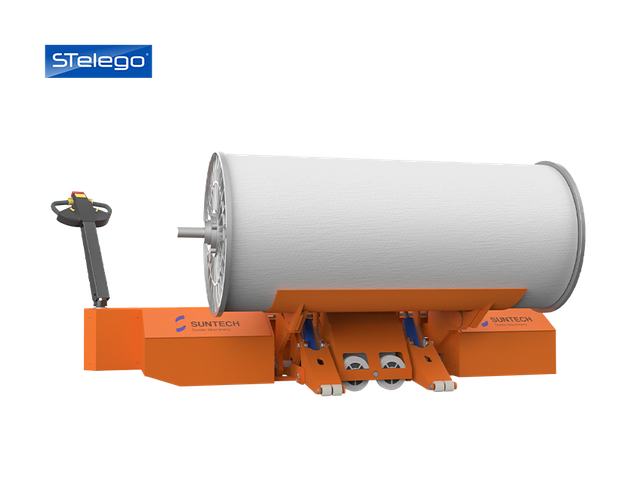In today's fast-paced industrial landscape, materials handling equipment plays a crucial role in enhancing efficiency and productivity. As industries evolve, so too do the tools and technologies that facilitate the movement, protection, and storage of materials. This article delves into the fascinating journey of materials handling equipment, tracing its evolution from manual labor to sophisticated automation.

Historical Overview of Materials Handling Equipment
Historically, materials handling was a labor-intensive process. Workers relied on basic tools such as hand trucks and pulleys to move goods. However, as demand increased, the limitations of manual labor became evident. The introduction of mechanized systems in the early 20th century marked a significant turning point. Equipment such as forklifts and conveyor belts began to emerge, revolutionizing the way materials were handled.
Key Advancements in Materials Handling Equipment
- Forklifts: These versatile machines have become a staple in warehouses and construction sites, allowing for the efficient lifting and transporting of heavy loads.
- Automated Guided Vehicles (AGVs): AGVs represent a leap towards automation, enabling the movement of materials without human intervention.
- Robotic Systems: Advanced robotics have transformed materials handling by providing precision and speed in tasks such as sorting and packing.
- Warehouse Management Systems (WMS): These software solutions optimize inventory management and streamline operations, enhancing the overall efficiency of materials handling.
The Role of Automation in Materials Handling
Automation has become a game-changer in the field of materials handling equipment. By integrating technologies such as the Internet of Things (IoT) and artificial intelligence (AI), businesses can achieve unprecedented levels of efficiency. For instance, automated systems can monitor inventory levels in real-time, reducing the risk of stockouts and overstock situations. But how does this impact the workforce? While some fear job displacement, automation often leads to the creation of new roles focused on managing and maintaining these advanced systems.
Benefits of Modern Materials Handling Equipment
The transition to modern materials handling equipment offers numerous advantages:
- Increased Efficiency: Automated systems can operate continuously, significantly reducing the time required for material movement.
- Enhanced Safety: By minimizing human involvement in hazardous tasks, the risk of workplace accidents decreases.
- Cost Savings: While the initial investment may be high, the long-term savings in labor costs and improved productivity often justify the expense.
- Scalability: Modern systems can be easily scaled to meet changing demands, ensuring that businesses remain agile.
Future Trends in Materials Handling Equipment
Looking ahead, the future of materials handling equipment is poised for further innovation. Emerging technologies such as augmented reality (AR) and machine learning are expected to enhance operational capabilities. As industries continue to adapt to the demands of a global market, the evolution of materials handling equipment will undoubtedly play a pivotal role in shaping the future of logistics and supply chain management.
In conclusion, the journey of materials handling equipment from manual labor to automation reflects the broader trends of industrial evolution. By embracing these advancements, businesses can not only improve their operational efficiency but also position themselves for success in an increasingly competitive landscape.
